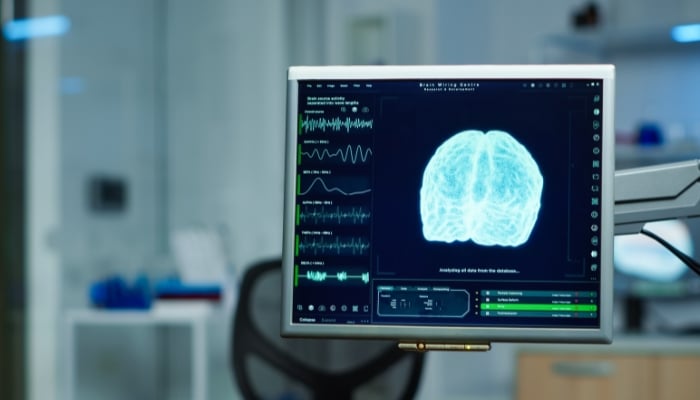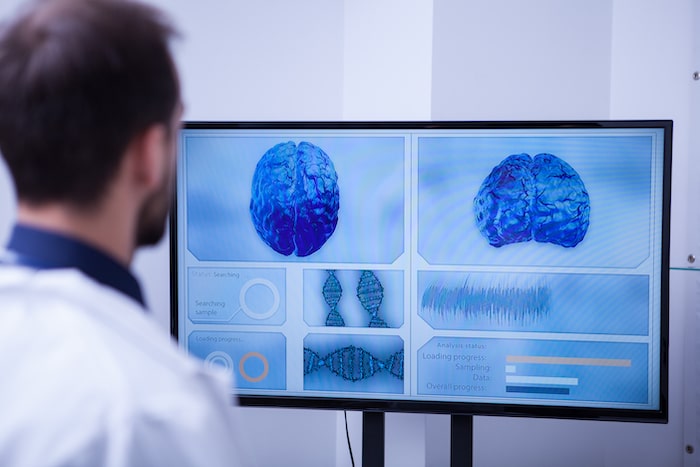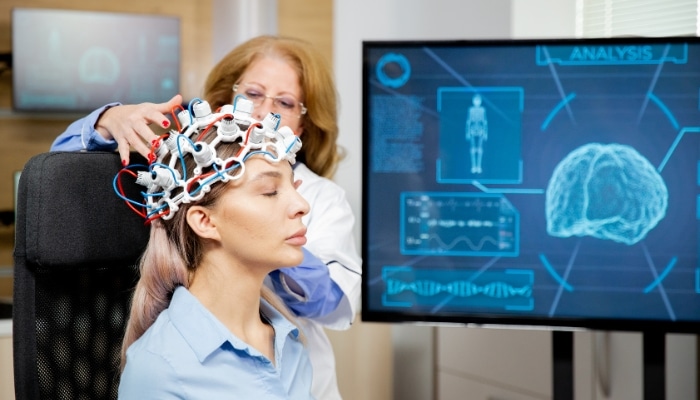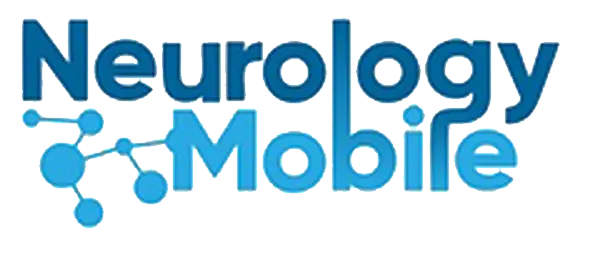4 min read
Understanding CT Scans: Insights and Detection Methods
Have you ever wondered what a CT scan really is and how it detects various conditions? Today, we dive deep into the world of Computed Tomography (CT) Scans, revealing their essence and detection capabilities in a way even a ten-year-old can understand.

What Exactly are CT Scans?
A CT or Computed Tomography scan, often simply called a ‘cat scan’, is a sophisticated medical imaging technique. Using a combination of X-rays and computer technology, it produces detailed cross-sectional images of the body. These images provide more detailed information than regular X-ray exams.
The Various Types of CT Scans
Did you know there are different types of CT scans? Each type is designed to focus on specific areas of the body or aspects of your health. Here’s a quick overview:
- Standard CT Scan: This is the most common type of CT scan. It’s used to get detailed images of bones, organs, and tissues. Doctors often use standard CT scans to diagnose infections, fractures, tumors, and monitor the progress of certain diseases.
- CT Angiography: This specialized scan focuses on the blood vessels. It’s used to identify issues like blockages or aneurysms in the arteries and veins. CT angiography is particularly useful for examining the vessels in your heart, brain, lungs, kidneys, and limbs.
- Functional CT (fCT): This advanced form of CT scanning measures how blood flows through your brain. It’s often used in stroke patients or to assess brain function in individuals with cognitive impairments or brain injuries. Functional CT can provide vital information about brain activity and health.
- High-Resolution CT: High-resolution CT scans are specifically designed for detailed imaging of certain areas, particularly the lungs and sinuses. They are more precise than standard CT scans and are often used to diagnose and monitor diseases like pulmonary fibrosis, emphysema, and sinusitis.
How are Conditions Detected Using CT Scans?
CT scans are highly valued in the medical field for their precision in detecting a wide array of conditions. Here’s a breakdown of how CT scans help in diagnosing various health issues:
- Tumors or Cancers: CT scans are particularly effective in identifying the presence and location of tumors. They provide detailed cross-sectional images, allowing doctors to see the size, shape, and position of a tumor. This is crucial in planning treatments like surgery or radiation therapy.
- Blood Clots or Internal Bleeding: In cases of trauma or unexplained symptoms, CT scans can quickly reveal internal bleeding or blood clots. These scans help in assessing the severity of the condition and guide immediate treatment decisions, especially in emergency situations.
- Infections: CT scans can detect areas of infection in the body, such as abscesses. They help in determining the extent of the infection and can guide doctors in deciding whether surgical intervention is necessary or if antibiotic therapy would suffice.
- Bone and Muscle Disorders: These scans provide clear images of bones and, to a lesser extent, muscles and other soft tissues. They are often used to diagnose fractures, especially complex ones, and to assess bone diseases and joint disorders.
- Heart and Lung Conditions: CT scans are instrumental in diagnosing various heart and lung conditions. They can detect abnormalities such as heart disease, pulmonary embolism, and lung tumors. For heart-related diagnoses, CT angiography is particularly useful as it gives detailed images of the heart’s blood vessels.

The Procedure of a CT Scan
A typical CT scan procedure is quick and painless. You’ll lie on a table that slides into a tunnel-like machine. The scanner rotates around you, capturing images from different angles. A computer then combines these images into detailed cross-sections.

Preparing for a CT Scan
Getting ready for a CT scan doesn’t have to be a complicated process. Here are some simple but essential steps to ensure that your scan goes smoothly and provides the most accurate results:
- Wearing Comfortable, Loose Clothing: It’s important to be comfortable during your CT scan. Loose-fitting clothing allows you to relax and lie still, which is crucial for clear images. In some cases, you may be asked to change into a hospital gown.
- Removing Metal Objects: Metal can interfere with the clarity of a CT scan. Before the scan, you’ll need to remove any metal objects such as jewelry, glasses, hairpins, hearing aids, and dental work if possible. If you have metal implants, like a pacemaker or a metal joint replacement, inform your doctor or the technician beforehand.
- Fasting for a Few Hours: Depending on the type of scan, you may be asked to fast for a few hours before the appointment. This is especially common if you’re having a scan of your abdomen or pelvis. Fasting helps reduce the likelihood of stomach contents affecting the images. Always follow the specific instructions provided by your healthcare provider.
Conclusion
In our exploration of CT scans, it’s clear that these sophisticated imaging tools are much more than just another medical test. They act as a window into the intricate workings of our bodies, offering invaluable insights that are crucial for accurate diagnosis and effective treatment of a multitude of conditions.
From detecting tumors and blood clots to diagnosing infections, bone disorders, and heart and lung conditions, CT scans provide a level of detail that is essential for healthcare professionals. This precision not only aids in early detection but also plays a significant role in guiding treatment decisions, ensuring patient safety, and monitoring the progress of ongoing treatments.
Understanding the role and process of CT scans is a vital part of being informed about your health care. Knowledge about these scans empowers us to participate more actively in our health decisions and helps alleviate any anxiety associated with undergoing such procedures.
Remember, understanding your health is the first step towards taking care of it. By staying informed about diagnostic tools like CT scans, you are better equipped to engage in discussions with your healthcare provider, leading to more personalized and effective healthcare experiences.
CT scans demonstrate the remarkable advances in medical technology, providing us with powerful tools to look inside the human body with incredible clarity. They underscore the importance of innovation in healthcare and the ongoing pursuit of better, more precise ways to diagnose and treat the myriad of health challenges we face.
